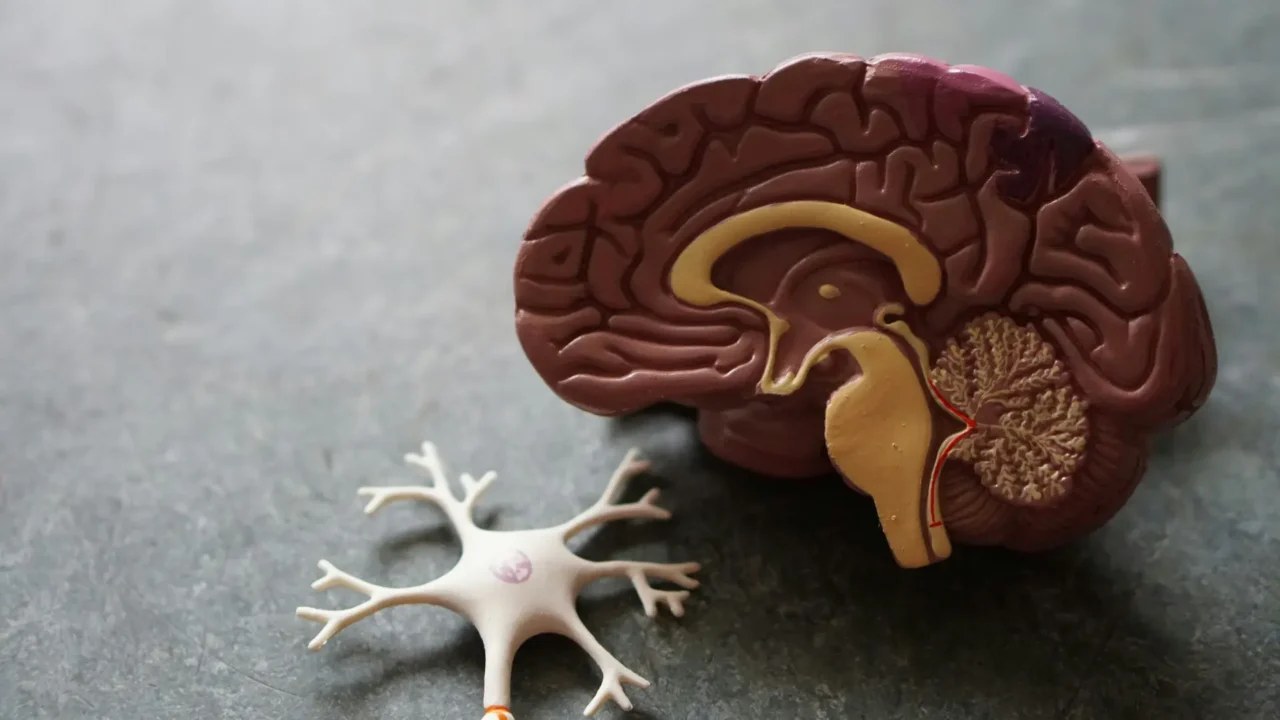Trauma doesn’t just live in our memories—it’s stored deep within our brains and bodies, shaping the way we think, feel, and react to the world around us. If you’ve ever wondered why certain experiences trigger overwhelming emotions or why it feels impossible to “just move on” from past trauma, the answer lies in how trauma is stored in the brain.
The good news? Your brain has the ability to heal. Eye Movement Desensitization and Reprocessing (EMDR) therapy is a powerful, science-backed method that helps reprocess traumatic memories, allowing you to move forward without being controlled by the past.
Let’s break down the neuroscience behind trauma, how EMDR works, and why it’s so effective in helping people heal.
How Trauma Affects the Brain
When you experience a traumatic event—whether it’s abuse, neglect, violence, or even a distressing life situation—your brain doesn’t always process it as a normal memory. Instead, the trauma gets “stuck” in the brain’s survival system, leading to ongoing distress.
Three key areas of the brain are affected by trauma:
✔️ The Amygdala (Your Alarm System) – This part of the brain detects danger and activates the fight, flight, or freeze response. After trauma, the amygdala becomes overactive, causing hypervigilance, panic, and emotional reactivity.
✔️ The Hippocampus (Your Memory Processor) – Normally, the hippocampus organizes memories and distinguishes past events from the present. But trauma disrupts this process, making it feel like the traumatic event is happening now, even if it occurred years ago.
✔️ The Prefrontal Cortex (Your Thinking Brain) – This part of the brain is responsible for logic, reasoning, and impulse control. Trauma weakens the prefrontal cortex, making it harder to regulate emotions, think clearly, and feel in control of your reactions.
In simple terms, trauma hijacks the brain’s processing system, keeping you stuck in fear, anxiety, and distressing memories.
Why Traditional Coping Strategies Don’t Always Work
Many people try talk therapy, journaling, or positive thinking to overcome trauma. While these approaches can be helpful, they don’t always reach the deeper, subconscious parts of the brain where trauma is stored.
That’s where EMDR therapy comes in.

How EMDR Helps Rewire the Brain
Eye Movement Desensitization and Reprocessing (EMDR) is a scientifically proven therapy that helps the brain reprocess traumatic memories so they no longer feel overwhelming.
During EMDR therapy, you will:
✔️ Identify a traumatic memory that is still causing distress.
✔️ Engage in bilateral stimulation (eye movements, tapping, or sounds) while focusing on the memory.
✔️ Allow the brain to “reprocess” the memory, moving it from the emotional part of the brain to the logical part.
✔️ Replace negative beliefs (e.g., “I’m not safe”) with positive, adaptive beliefs (e.g., “I am safe now.”).
✔️ Reduce emotional intensity so the memory no longer triggers distress.
The Science Behind EMDR’s Effectiveness
Research shows that EMDR mimics the brain’s natural healing process, similar to what happens during Rapid Eye Movement (REM) sleep. During REM sleep, the brain processes emotions and consolidates memories.
By using bilateral stimulation (eye movements, tapping, or tones) during EMDR therapy, the brain is encouraged to reprocess traumatic memories in a healthier way.
Key benefits of EMDR include:
✔️ Desensitizing traumatic memories – Making distressing events feel neutral instead of emotionally overwhelming.
✔️ Reducing amygdala hyperactivity – Helping you feel less “on edge” and more in control.
✔️ Strengthening the prefrontal cortex – Allowing you to respond rationally instead of being emotionally hijacked.
✔️ Creating new, healthier neural pathways – Helping you feel safer, more empowered, and less reactive to triggers.
What EMDR Therapy Feels Like
Many people notice relief within a few sessions of EMDR therapy. Some describe feeling:
✔️ Lighter and emotionally unburdened
✔️ More in control of their thoughts and reactions
✔️ Able to recall past events without intense distress
✔️ Less triggered by everyday situations

Your Brain Can Heal
Trauma may have shaped your past, but it doesn’t have to define your future. With EMDR therapy, you can rewire your brain, heal old wounds, and regain control over your life.
- Elnita Ottey is an EMDRIA-certified EMDR therapist offering both in-person and virtual sessions.
- In-person therapy is available in Monroe, NC, and the Charlotte Metro area.
- 💻 Virtual therapy is available to clients in Oregon, Oklahoma, Colorado, South Carolina, Tennessee, and North Carolina.
- Looking for an EMDR-certified therapist in your area? Visit www.emdria.org to find a qualified professional near you.
- Are you ready to experience the power of EMDR and start your healing journey? Contact Elnita Ottey today. Your brain is wired for healing—you just need the right tools.








